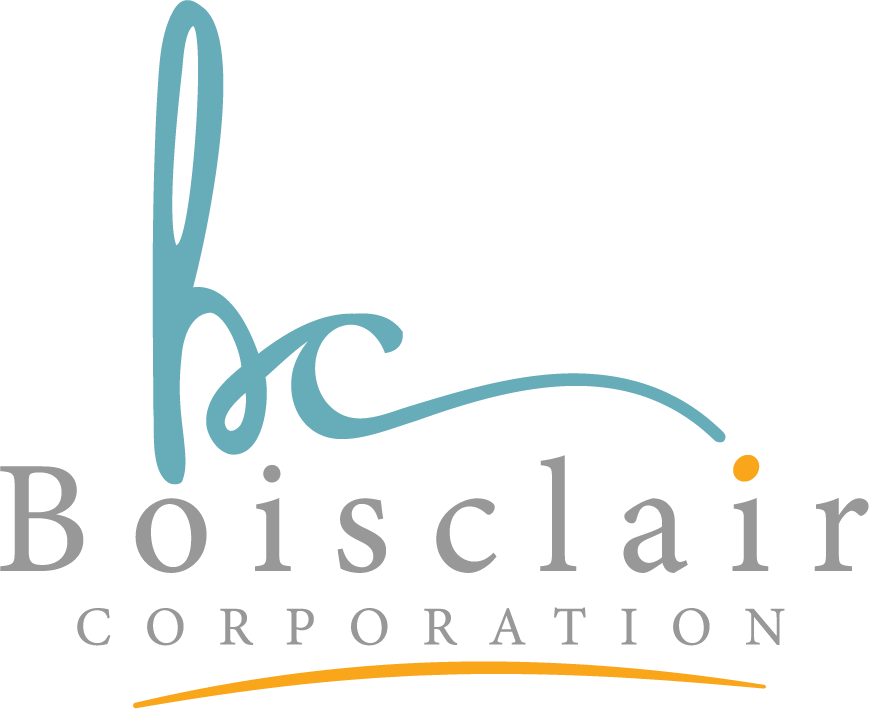How Much Should You Save Before You Move Out?
A quick answer to that would be to have at least three months of living expenses and rent saved up. Such a figure will sufficiently allow you to get by for at least three months in case you lose your job or get an accident/illness. Nevertheless, you still need to save up as much money as you possibly can. The financial consequences of moving from one home to another can be quite weighty. Here’s a breakdown of the numbers so that you can see if your budget has room to handle the move.
Rent
If you’re renting an apartment or house, you need enough money to cover the first and last’s month rent. You’ll also need to put down a security deposit, which can range from half to sometimes even 1.5 of the monthly rent. Depending on your needs, $2,350 can be an appropriate amount to save ahead of the move, especially if you earn around $ 30,000 per month. Of course, you should also not spend more than a third of your income on rent. Otherwise, you’ll end up feeling stressed every single month. Stick with the rent you can comfortably afford.
Moving costs
You might be able to lower your moving expenses by requesting friends and family to help you with a van/truck and packaging supplies. Otherwise, moving expenses can get high, depending on where you’re moving. For instance, if you hire a moving truck in-town and plan to do the rest for yourself, they’ll charge you $40-$150 for the truck and the packaging supplies.
On the other hand, if you request for a full-service from a reputable company, you could pay around $300-$600. This is because there’s a lot of value in hiring a professional to move your stuff, especially when you have many delicate items.
Additional expenses
Apart from rent and moving expenses, make sure to set aside money for living expenses. The most common living expenses are food/drink, transportation, utilities, and entertainment. For others, loans are a normal lifestyle cost.
- Furnishings and housing needs: If you don’t already own furniture, you can get inexpensive furniture from thrift shops for between $ 500- $ 1,000. Furnishing your house with apartment basics like light bulbs, cleaning supplies can cost about$ 50- $ 100. You also have to take into account other expenses like application fees such as for credit check which your property owner may charge. Usually, they cost around $ 50-$ 100. Renter’s insurance is another must-have. It costs less than $ 150 a year. Most importantly, it ensures that you can re-purchase your possessions in case of a break-in, fire or flood.
- Utilities: When writing down all your expenses, your list should also include utilities like heat, electricity, internet, phone, and whatever other monthly expenditure. For this, expect to pay roughly around $ 200 per month.
- Food and drink will probably run at $ 50- $ 100 per month. This will enable you to buy groceries and few supplies such as toilet paper and cleaning detergents. As for transportation expenses, this majorly depends on your location. The best way to find out how much gas fuel you spend is to track your fuel spending for a month.
Savings target
Bear in mind that these expenses may not be as high in cities with lower costs of living. Assuming rent costs $ 750/month, you’ll put roughly $ 2,350 aside to pay for the security deposit, last and first month’s rent, plus the application fees. Moving costs, which include paying movers and buying packing supplies, will be about $ 500. Let’s say $ 1000 goes to buying furniture. Then, you add another $ 500 for renter’s insurance, starter supplies, and utility deposits. Adding it all together, you can work with about $ 5,000 of savings efficiently. To be on the safe side, you should have an additional 10% of your salary put aside for unexpected expenses.
